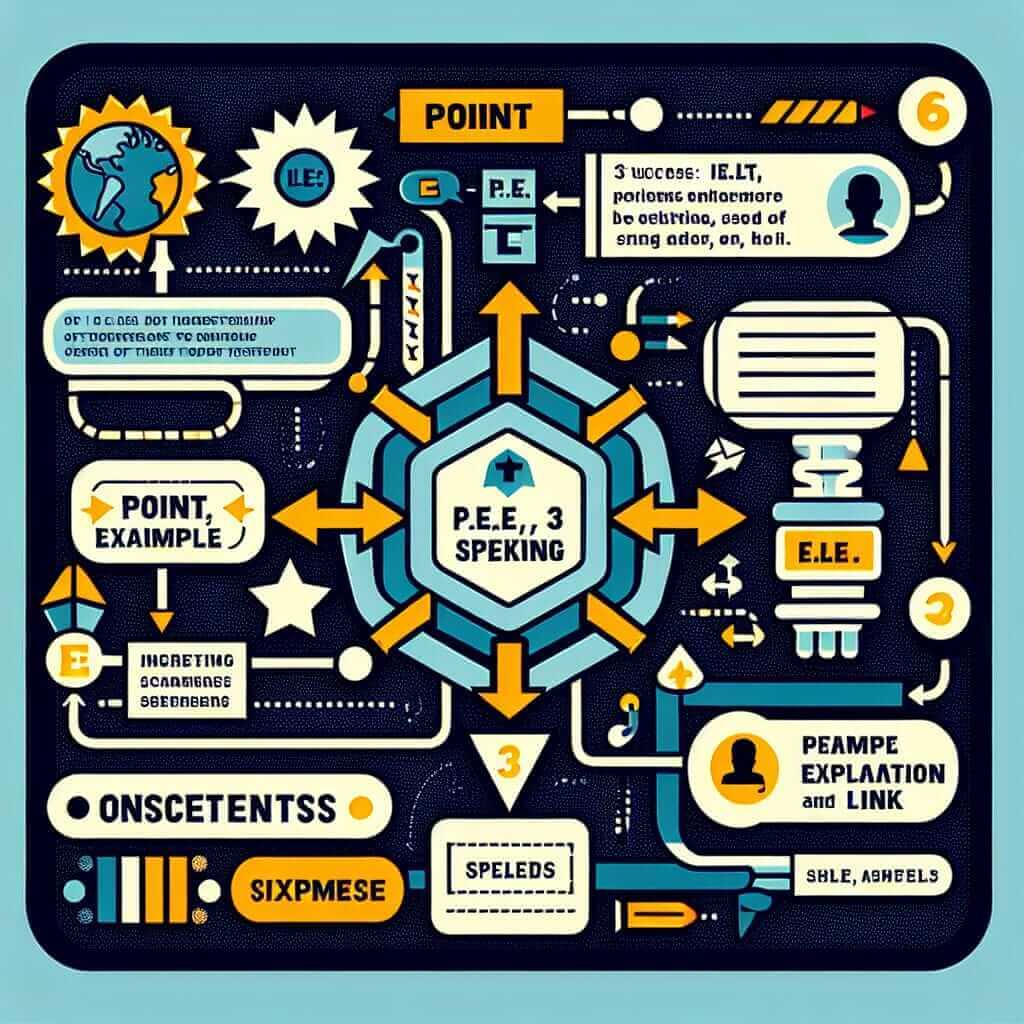Part 3 of the IELTS Speaking test often feels like the summit of the speaking mountain. You’ve navigated through the introductions and personal topics, and now you face more abstract and demanding questions. This is where your ability to think critically, analyze, and discuss complex ideas is truly put to the test. But don’t worry, with the right approach, you can confidently conquer this final stage and achieve your desired IELTS score.
Understanding IELTS Speaking Part 3
This section is designed to assess your ability to:
- Express and justify opinions: You’ll be asked for your viewpoint on various topics and expected to provide reasons for your stance.
- Analyze and speculate: Get ready to discuss potential causes, effects, and future trends related to the given theme.
- Compare and contrast: You may need to highlight similarities and differences between ideas, concepts, or situations.
The examiner will guide the conversation based on the theme established in Part 2. For example, if you spoke about a memorable journey, Part 3 might delve into the broader impacts of travel on individuals and society.

Strategies for Success
1. Active Listening and Idea Generation
- Pay close attention: The examiner’s questions will hold valuable clues. Identify keywords and phrases to understand the specific focus.
- Take a moment to think: Don’t feel pressured to answer immediately. A short pause to gather your thoughts is perfectly acceptable.
- Develop a mental framework: Quickly brainstorm some key points or examples you could use in your response.
2. Structuring Your Answers
A clear structure demonstrates coherence and logical thinking. Consider using frameworks like:
- P.E.E.L.: Point, Example, Explanation, Link back to the question.
- Compare and Contrast: Discuss similarities, then differences, and conclude with your preference and reasons.
- Problem-Solution: Identify a problem, analyze its causes, suggest solutions, and discuss potential outcomes.
3. Expanding Your Responses
- Provide reasons and examples: Don’t just state opinions. Back them up with solid reasons and relevant examples.
- Speculate and hypothesize: Use phrases like “It’s possible that…”, “This could lead to…”, or “One potential consequence might be…”
- Make connections: Relate the topic to your own experiences, current events, or broader social trends.
Sample Questions and Responses
Topic: The importance of technology in education
Examiner: What are the advantages of using technology in the classroom?
Candidate: Well, firstly, I think technology can make learning more engaging and interactive. For instance, instead of just reading about history in a textbook, students can use virtual reality to experience historical events firsthand. Secondly, technology allows for personalized learning experiences. Online platforms can tailor lessons to individual student’s needs and learning styles.
Examiner: How do you think technology might change the role of teachers in the future?
Candidate: That’s an interesting question. I believe technology will shift teachers towards a facilitator role. Rather than simply delivering information, they’ll guide students in their learning journeys, provide personalized feedback, and foster critical thinking skills.
Tips for Maximizing Your Score
- Practice regularly: Engage in mock speaking tests with a teacher or language partner.
- Record yourself: Listen back to identify areas for improvement in fluency, vocabulary, and pronunciation.
- Expand your vocabulary: Learn topic-specific vocabulary related to common IELTS themes like education, environment, and technology.
- Stay informed: Keep up with current events and global issues to provide relevant examples in your discussions.
Conclusion
Mastering Part 3 of the IELTS Speaking test requires a combination of critical thinking, effective communication, and a confident approach. By understanding the assessment criteria, implementing effective strategies, and practicing regularly, you can confidently navigate this final stage and achieve your desired band score. Good luck!